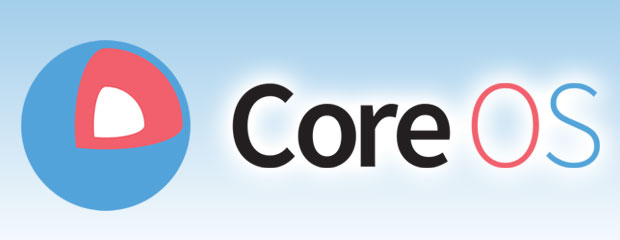CoreOS on Tuesday announced the release of Tectonic 1.8, a Kubernetes container management platform. Tectonic enables enterprises to deploy key automation infrastructure components that function like managed cloud services without cloud vendor lock-in.
The CoreOS Open Cloud Services Catalog offers an alternative to cloud vendors’ proprietary services and APIs — the equivalent of cloud-based offerings developed on open source technologies that enable customers to build their infrastructures within the hybrid environments of their choice.
The platform targets infrastructure owners and admins. CoreOS Open Cloud Services, which are available on demand to Tectonic users in their own environment, automate a variety or maintenance tasks — from regular, one-click, zero-downtime updates to disaster recovery and horizontal scaling.
Open Cloud Services are unique in that they are not limited to any single compute platform. They enable enterprise users to have the freedom of true portability across a hybrid infrastructure, according to CoreOS.
“We are seeing IT departments becoming more overwhelmed at the increasing loads they are asked to handle as migration to public cloud containers continues,” said Reza Shafii, vice president of product at CoreOS.
“Automation is becoming the tool to more efficiently manage this need,” he told LinuxInsider.
IT departments have become too tied to a single cloud provider, Shafii observed. CoreOS has developed an open service that handles automation needs on the infrastructure stack layer.
Tectonic 1.8 Basics
More than half of all global enterprises by 2020 will be running containerized applications in production. That is up from less than 20 percent today, according to Gartner’s “Market Guide for Container Management Software.”
Tectonic platform releases are built on a foundation of upstream Kubernetes code with no forks or custom patches. Tectonic software services are not limited to any single compute platform.
The CoreOS Open Cloud Services Catalog includes three key elements: the distributed key-value store that is the brain of Kubernetes; Prometheus, an open source monitoring solution; and Vault, a cloud-native secrets management tool.
The new release introduces the first Open Cloud Service with Vault as an alternative to proprietary services such as the AWS Key Management Service, Shafii said.
Tectonic 1.8 bundles the latest version of the Prometheus 2.0 monitoring solution for Kubernetes, which produces dramatic performance improvements thanks to a rewritten storage engine.
Tectonic 1.8 also manages the installed version of the Docker Engine and updates it automatically to the latest validated release, beginning with Docker 17.03.
Getting It
CoreOS provides enterprise-ready Kubernetes infrastructure to run enterprise applications in the cloud or hybrid environment of their choice, according to Rob Szumski, product manager at Tectonic.
“This Tectonic release is significant because it gives infrastructure leaders and managers the ability to expose these unique and powerful enterprise services to their teams,” he said. It offers “the benefits of automated operations without worry of being tied to any one cloud provider.”
CoreOS customers can upgrade from Tectonic 1.7 to Tectonic 1.8 with a single click from the Tectonic Console and no downtime. The upgrade is achieved via the Tectonic platform’s automated operations capabilities.
Tectonic is available across AWS, Azure, and on-premises environments. It is free to use for clusters of up to 10 nodes.
The new features also are available to existing Tectonic customers as planned updates.
Developmental Path
Development of other Open Cloud Services will proceed along two paths, said Shafii. One will leverage partnerships to bring more open cloud services to the platform.
The other path — called “Customer Application Management” — will apply automation features to a company’s own cloud applications. It currently is undergoing testing with selected users and won’t be available until later next year.
“The features are almost entirely customer-based mandates,” Shafii said.
“The ongoing challenge from the administrators’ view is how do you operate these services in an effective manner? That is where automation becomes key,” he pointed out. “How do you monitor these services and continually maintain them? This is a huge need in the market.”
Each additional service will present its own security challenges, Shafii said. For example, Vault stores its information with the container deployment, so CoreOS has made sure that the information is encrypted.
Key Factors
The Tectonic strategy fits the intent of the open source movement. The value of any new technology depends on factors that include flexibility, ease of use, and the ability to be easily adapted to existing compute infrastructures and platforms, said Charles King, principal analyst at Pund-IT.
The poster child for this adoption model was Linux, and most open source projects have attempted to follow in its footsteps.
That approach is central to CoreOS’ new version of Tectonic, and its ability to support automated container functions within hybrid and multiplatform IT infrastructures, King told LinuxInsider.
“It should meet many or most of the needs of enterprise customers that deploy such environments,” he said.
It also “mirrors the shift among many businesses toward deploying IT services internally,” said King, and making sure they “are as user-friendly and seamless to deploy and manage as public clouds. Overall, this looks like a wise move by CoreOS that will be welcomed by many existing and prospective customers.”























































